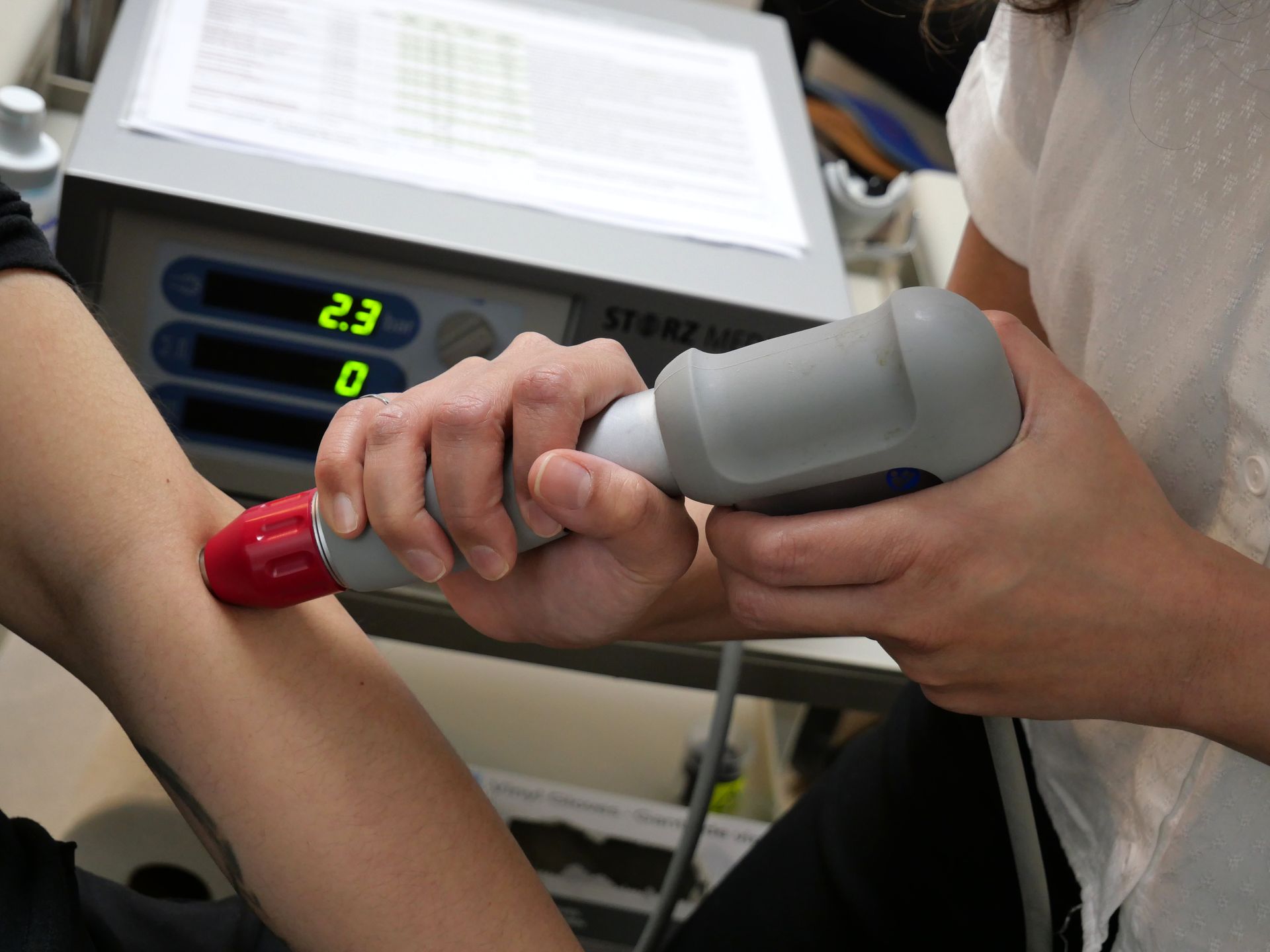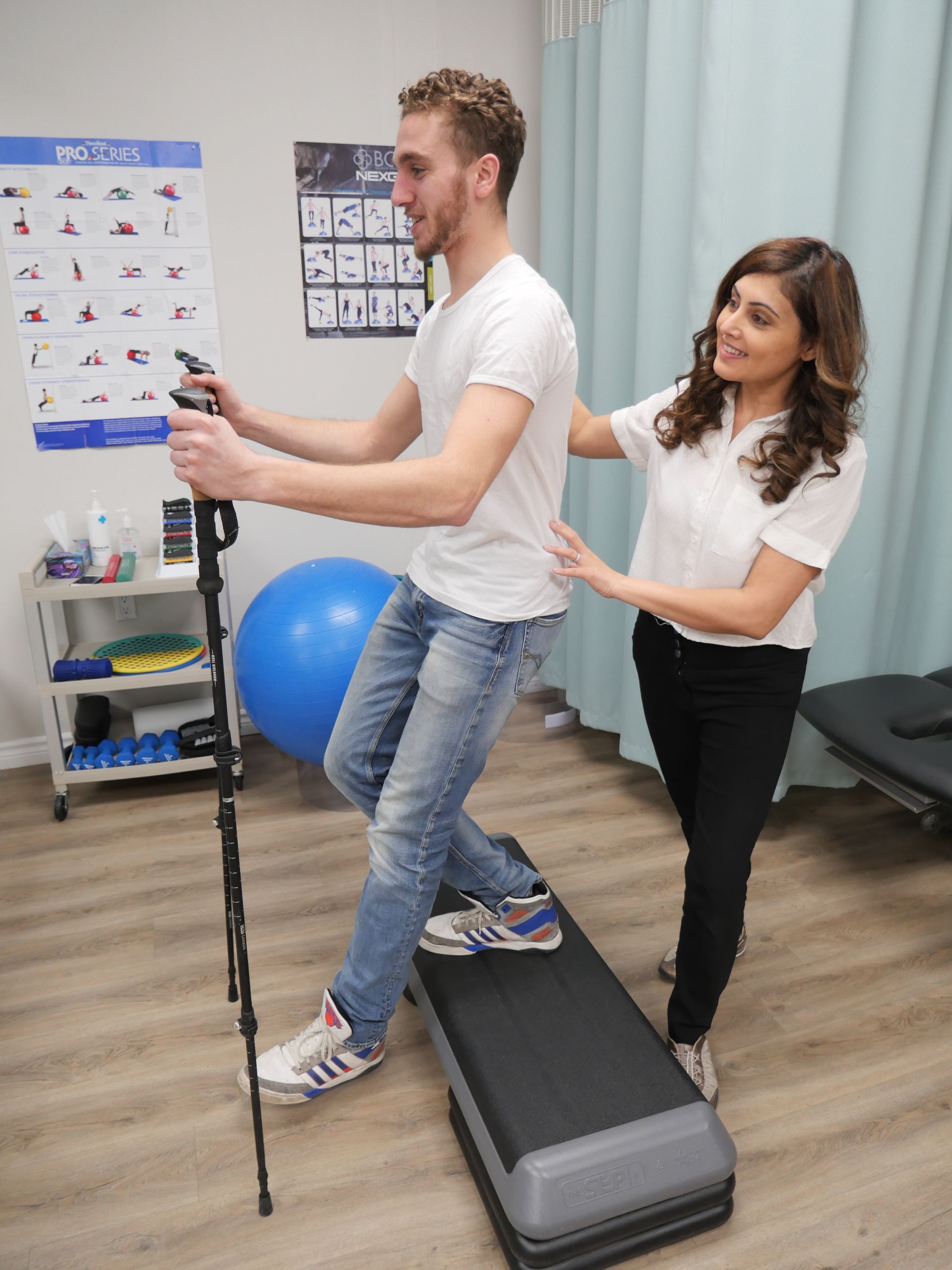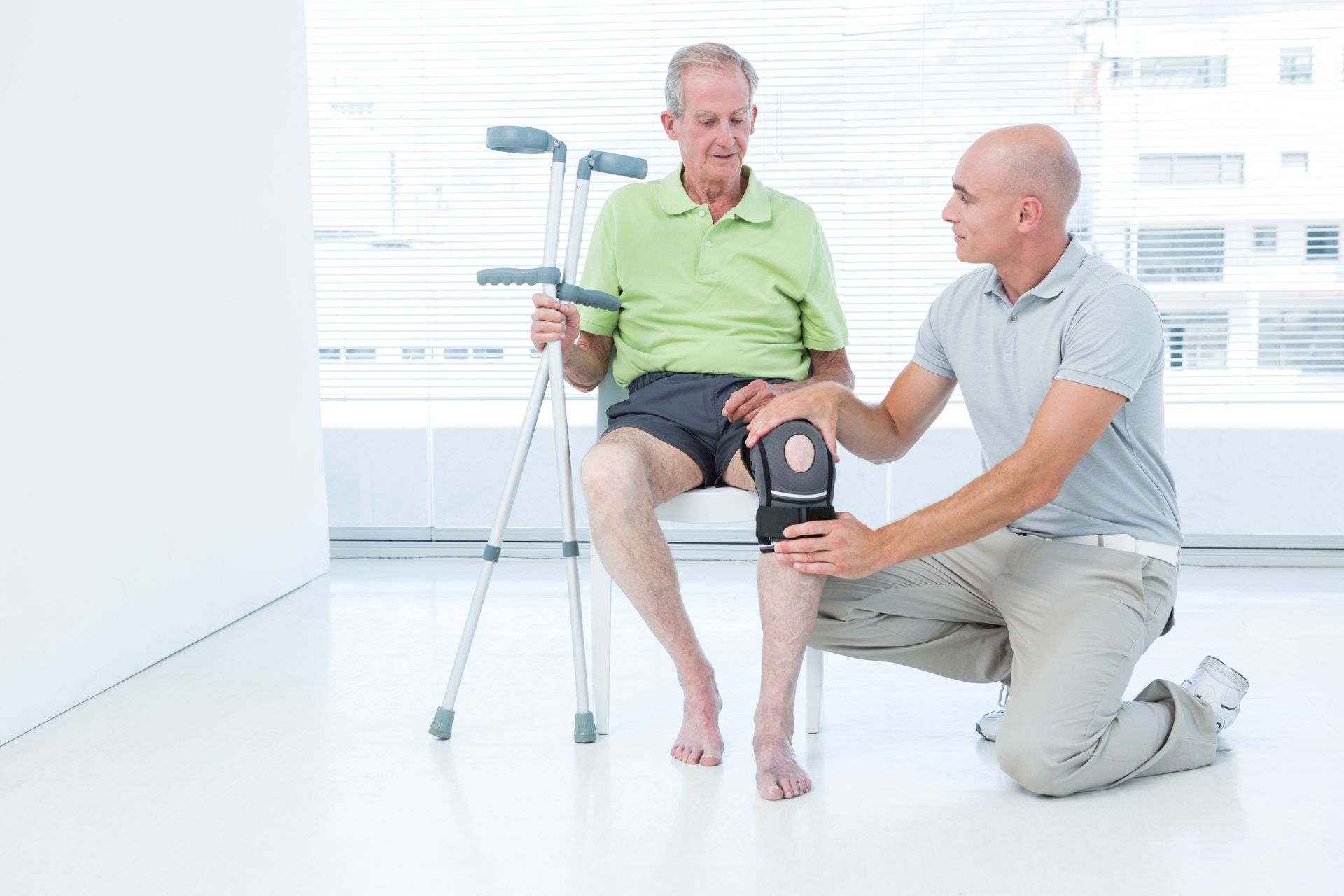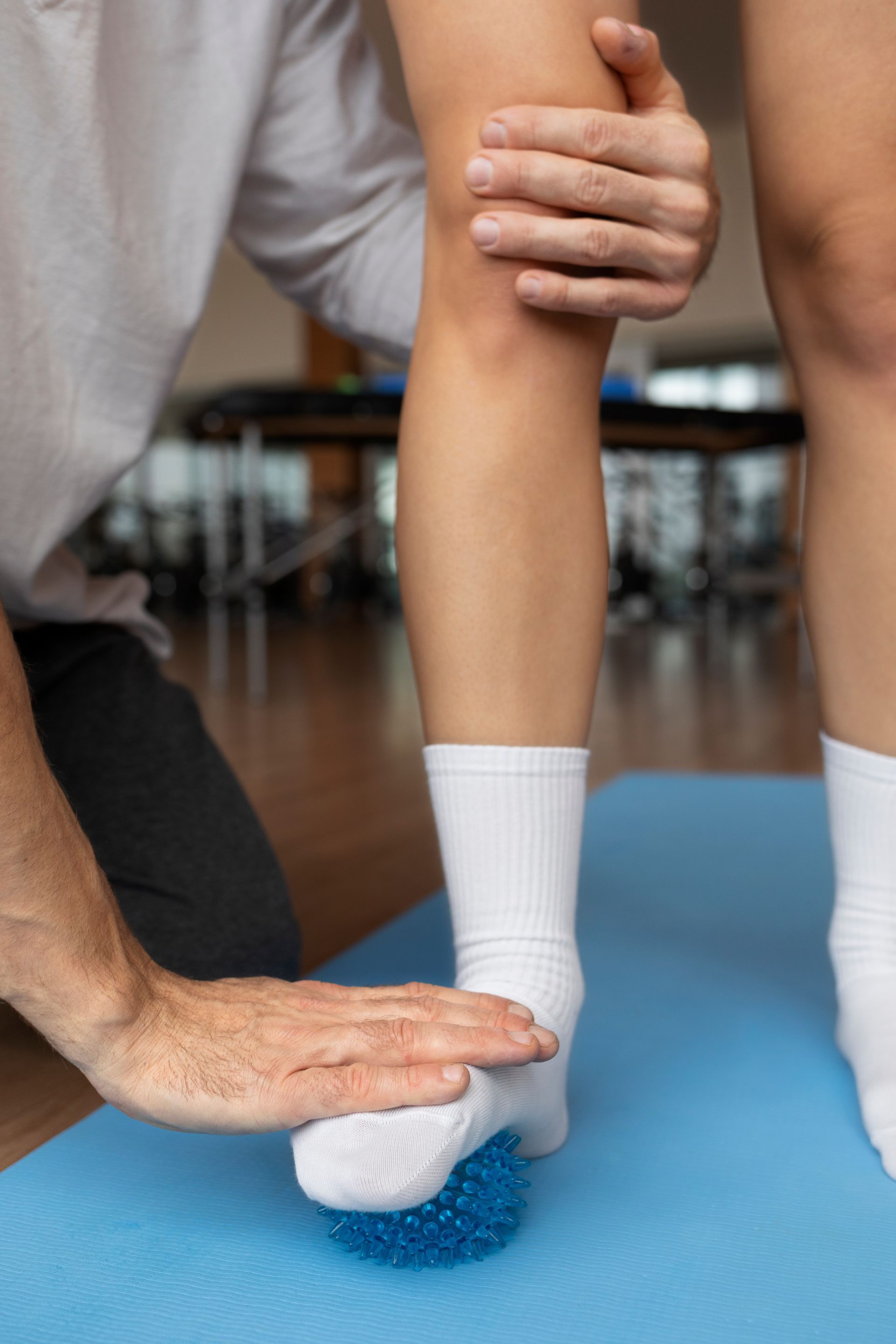Optimal Loading in Exercise: Finding the Right Dose for Results
What is Optimal Loading?

Optimal loading refers to the appropriate amount of resistance, sets, and reps used during exercise to target specific fitness goals. Physiotherapists and trainers adjust these parameters to enhance endurance, hypertrophy, strength, and power, depending on the individual’s needs.
Set and Rep Ranges for Different Goals
- Endurance: 12-20+ reps, 2-3 sets, using light resistance
- Hypertrophy (Muscle Growth): 6-12 reps, 3-5 sets, moderate resistance
- Strength: 4-6 reps, 3-5 sets, heavy resistance
- Power: 1-4 reps, 3-6 sets, focusing on explosive movements with high resistance
Individualized Prescriptions in Rehab
Physiotherapists tailor exercise programs based on the injury type, patient goals, and muscle group involved. Some muscles, like the rotator cuff, require higher reps with low resistance to build endurance, while larger muscle groups like the quads benefit from heavier loads for strength. Additionally, patient factors such as pain tolerance, recovery capacity, and fitness level shape the exercise prescription.
By applying optimal loading principles and adjusting based on individual needs, physiotherapists ensure exercises are both safe and effective, helping patients recover, rebuild strength, and prevent future injury.
The Classic 3 Sets of 10 Reps
Physiotherapists commonly prescribe 3 sets of 10 reps for patient exercises because it offers a balanced approach—not too intense for beginners while still stimulating strength and endurance. It’s simple to follow and easy to modify as the patient progresses. This prescription also balances volume and intensity for most therapeutic exercises, as well as targets a mix of muscular endurance and strength development, especially for beginners or during early rehabilitation stages.
Progressive Overload: Key to Improvement
Progressive overload is a training principle used to improve strength, endurance, or muscle growth by gradually increasing the stress placed on the body during exercise. The idea is to consistently challenge the muscles so they adapt and become stronger over time. Progressive overload is the gradual increase of resistance, repetitions, or intensity over time to continually challenge muscles. This principle is essential to avoid plateaus and promote long-term improvements in strength, flexibility, and function.
Ways to apply progressive overload:
- Increase Resistance – Lift heavier weights.
- Increase Reps or Sets – Add more repetitions or sets to your workout.
- Increase Frequency – Train more often (e.g., add another workout day).
- Decrease Rest Time – Shorten the rest periods between exercises.
- Improve Form or Range of Motion – Perform exercises with better technique or increased movement range.
This principle is essential for long-term progress, helping to avoid plateaus while reducing the risk of injury through controlled increases in intensity.
Book a free 15 minute consultation with us today at Delta Physiotherapy & Rehab at either of our convenient locations in Central Parkway or Dundas, Mississauga, and we will get you started on your healing journey!










